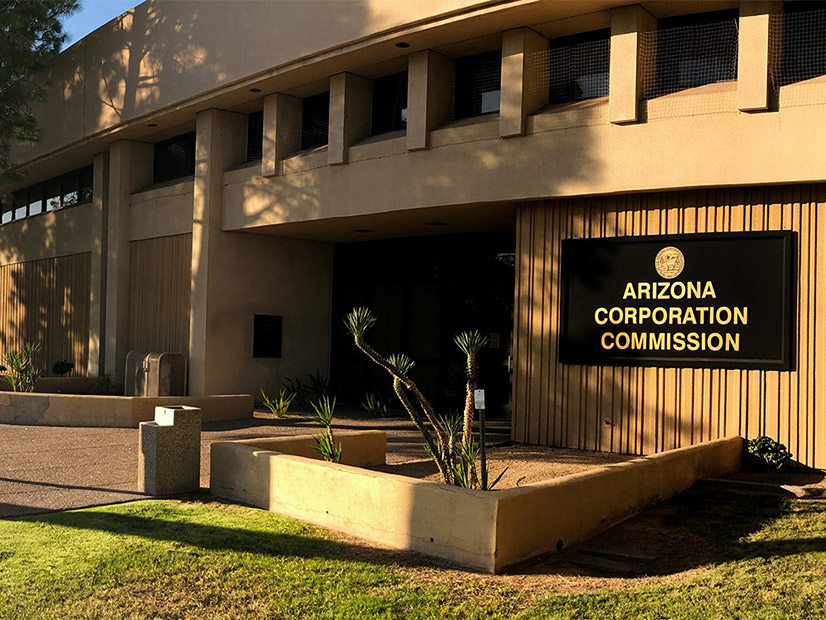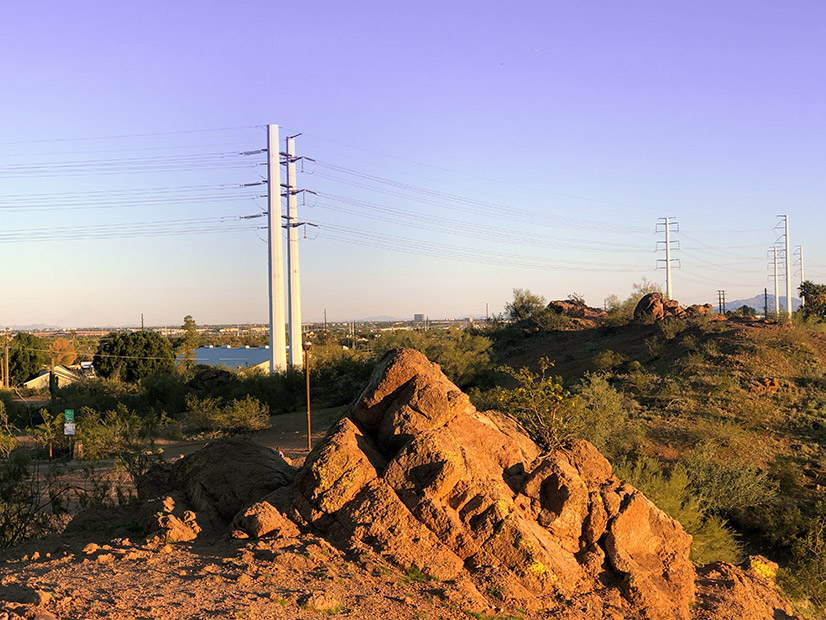The head of the Arizona Corporation Commission has requested a new proceeding to explore the merits of requiring utilities to join an RTO, as Colorado and Nevada did earlier this year and other Western states are considering doing.

ACC Chairwoman Lea Márquez Peterson requested the new docket to investigate the “question of mandatory or voluntary participation in regional transmission organizations” by the state’s load-serving entities, including Arizona Public Service (APS) (NYSE:PNW) and Tucson Electric Power (TEP).
The move followed a July meeting in which the commission agreed to hold workshops as part of its biennial transmission assessment (BAT) to study issues such the potential for increased participation by transmission owners in regional markets.
Márquez Peterson encouraged the studies in an April 23 letter that mentioned possibilities such as joining CAISO or SPP, forming a separate RTO or gaining access to ERCOT.
“I believe the technical transmission system reliability studies … could help the commission learn the potential reliability impacts and needs for the future transmission system under a number of different load and generation assumptions,” she wrote.
At the ACC’s July 14 meeting, representatives of APS and TEP supported holding the workshops.
Amanda Ormond of Western Grid Group, an organization that advocates for transmission improvements to deliver clean power, said the raft of proposed studies could take up to three years and urged a more intensive focus on RTO membership.

RTO participation would have “significant effects on transmission — what we build, how we build, how we use the transmission system — and so we recommended that the commission have a workshop to talk specifically about regional transmission organizations and the different component pieces that go into participating,” Ormond said.
She cited a study funded by the U.S. Department of Energy that found a Western RTO that included California and all other states in the Western Interconnection could save $1.2 billion annually. (See Study: Western RTO Could Yield $1.2B in Yearly Savings.) A subsequent study found the savings could be as much as $2 billion per year. (See Study Shows RTO Could Save West $2B Yearly by 2030.)
The Arizona development builds on a growing initiative to develop a Western RTO after several failed attempts by California lawmakers to expand CAISO into a multistate entity. (See CAISO Expansion Bill Dies in Committee.) SPP is preparing to allow members of its Western Energy Imbalance Service to fully join the RTO. (See related story, Commitment Deadline Set for SPP West Participation.)
Meanwhile, Oregon lawmakers have instructed the state’s Department of Energy to look into the benefits of joining an RTO. Avangrid’s planned $4.3 billion merger with the parent company of Public Service Company of New Mexico contains language regarding potential RTO membership. (See FERC OKs Avangrid PNM Purchase.) Nevada’s governor is convening a task force to explore RTO membership. (See Many Next Steps to Follow Passage of Nevada Energy Bill.) And Colorado lawmakers ordered TOs to join an RTO by 2030 or explain why they could not. (See Polis Signs Bipartisan Bill to Support Interstate Tx.)
“Arizona doesn’t want to get behind in looking at market development because it’ll keep us competitive,” Ormond said. “It’ll save customers money. So that’s why in the BTA today I’m advocating that we … do a deep dive on RTO development because it is very complicated, and we really haven’t had any conversation about it at all in Arizona.”



